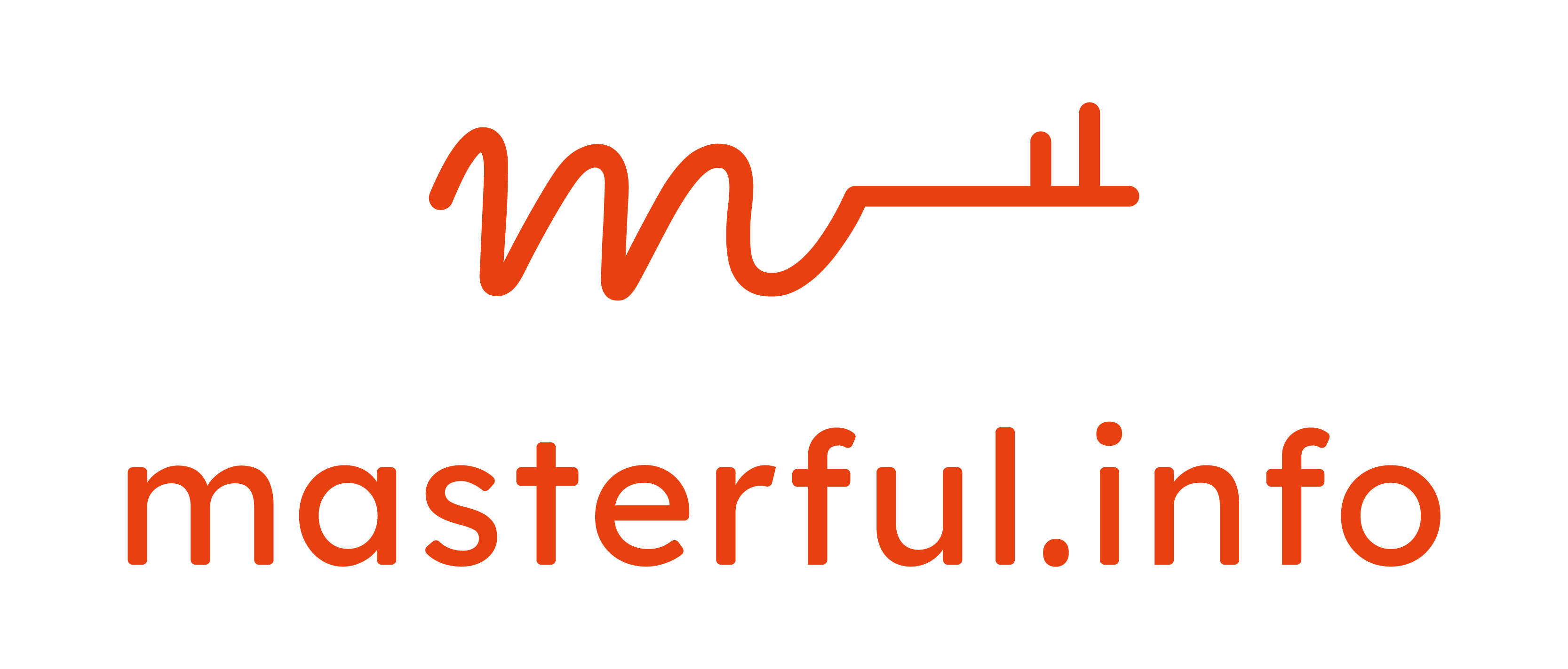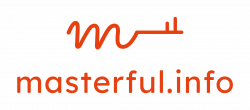The StoryBrand framework, developed by Donald Miller, uses several key terms to help businesses clarify their marketing messages and connect more effectively with their audience. Here are explanations of some crucial terms within the framework, along with examples:
1. BrandScript
The BrandScript is a foundational document that outlines your company’s message across several key points. It follows the StoryBrand framework to ensure your messaging is clear, compelling, and customer-centered.
Components of a BrandScript include:
- The Character (The Hero): Who is your customer?
- The Problem: What challenge does your customer face?
- The Guide: How does your brand help the customer?
- The Plan: What steps must the customer take?
- The Call to Action: What do you want the customer to do?
- The Success: What does success look like for your customer?
- The Failure: What are the stakes if the customer does not act?
- The Transformation: How does the customer change as a result of your product/service?
Example: For a fitness app, the BrandScript might position the user (character) as someone struggling to find time for fitness (problem). The app (guide) provides quick, effective workout plans (plan) with a prominent “Start Your First Workout Today” button (call to action). Success is described as achieving fitness goals, whereas failure might be continuing to struggle with health issues.
2. One-Liner
A one-liner in the StoryBrand framework is a concise statement that sums up your business in a way that is easy to understand and remember. It includes the problem your customers face, the solution you offer, and the success they will achieve by using your product or service.
Components of a One-Liner include:
- The Problem: A relatable issue that your target audience faces.
- The Solution: A brief description of your product or service as the answer.
- The Result: The positive outcome your customers can expect.
Example: For a tax preparation software, the one-liner could be: “We help small business owners save time and reduce stress during tax season with easy-to-use software that ensures you get the maximum refund.”
3. Website Wireframe
A website wireframe within the StoryBrand framework is a blueprint for your website that arranges content in a way that aligns with the StoryBrand principles. It ensures that your site leads visitors towards a clear call to action, following a narrative structure that centers the customer’s journey.
Components typically include:
- A clear header with a direct call to action.
- Sections that address the hero’s problem.
- Explanation of how the guide can help.
- A plan outlined in simple steps.
- Testimonials or other proofs of success.
- A final, repeated call to action.
Example: A consultant’s website might start with a compelling header that states, “Grow Your Business with Expert Guidance,” followed by a button that says “Schedule a Free Consultation.” The site would include testimonials about how past clients have succeeded with the consultant’s help.
By incorporating these elements into your marketing materials, the StoryBrand framework helps ensure that your message is not only heard but resonates deeply with your audience, driving them towards engagement and action.

